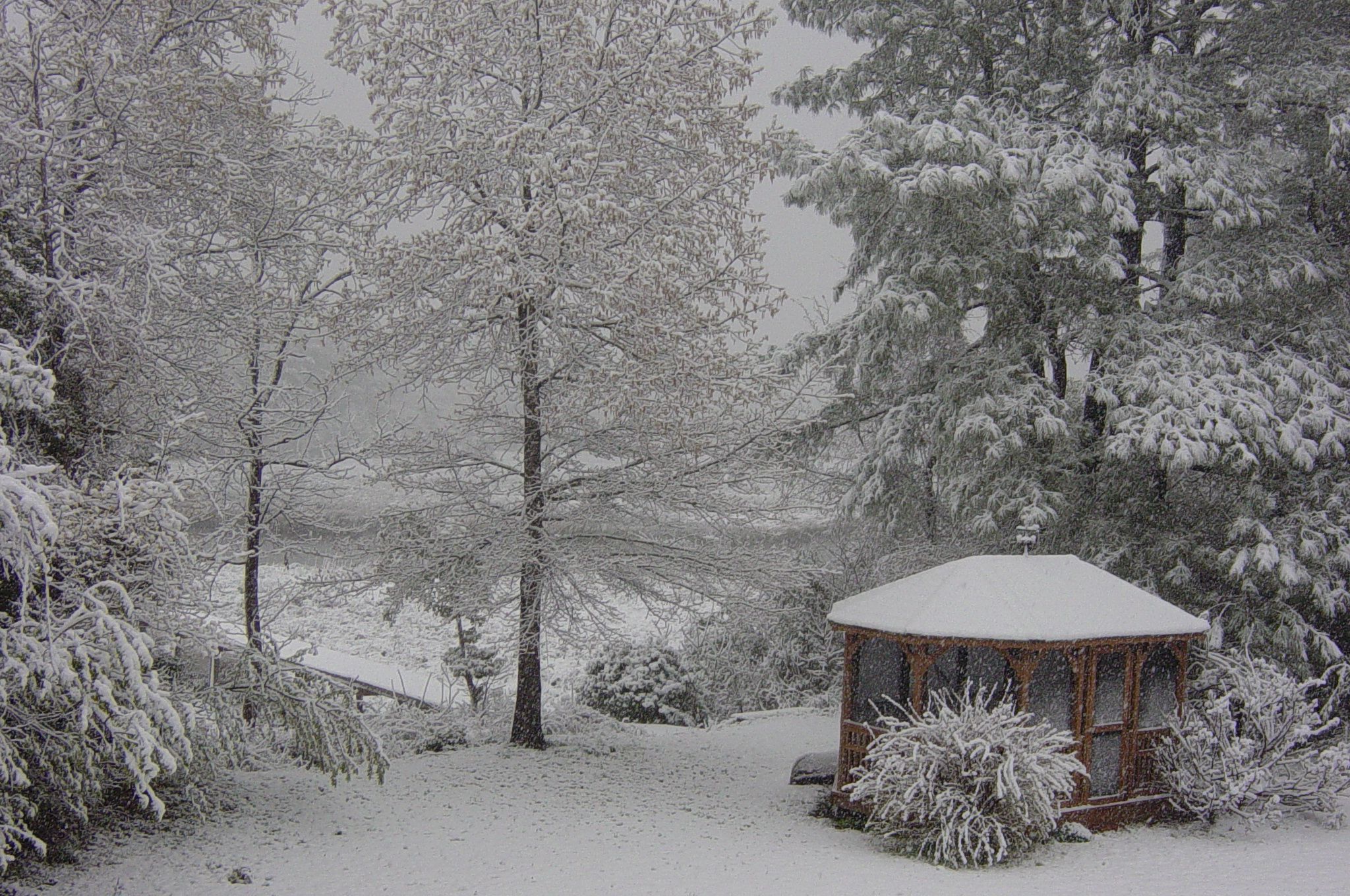MUSINGS
FROM THE MARSH
Ann
Woodlief
XI. On Motion
From the time we are born, our one absolutely solid reality seems to be our own bodies, at least as soon as we discover our toes. Other people come and go, places change, but in the darkest night of uncertainties we can always wrap our arms around ourselves and say, "I am."
Yet there may be no more astonishing fact that sciences teach than that our bodies are not at all solid, not even all ours. Our molecules, atoms, and electrons are in constant motion in comparatively huge spaces. Our cells are constantly dying, replaced by increasingly weaker ones.
We are literally not the same persons we were short years ago. And our bodies harbor billions of "guests," such as the bacteria which constantly help process the food and water that run this complex, spacey, and energetic collection of cells that seem a solid body. In motion there is life.
So it is on the marsh. Neither a still pond nor a vigorous river or pounding ocean, this water and its soggy land is full of subtle yet relentless motions beyond the molecular that I love to read. Fortunately I can do so without the disrupting motions of jet skis or speed boats on the water.
To be fully aware of motion, perhaps one must be as still as possible, surrounded by silence. That's not so difficult on the marsh. Most often I feel the air lightly blowing on my skin and watch the dimpled skin of the water moving sluggishly with the tide. It's comforting, and I notice my own breathing--and surely my blood pressure--becomes calm and deep, and I am aware of scents in the air. The rich smell of the living/dying marsh is relieved by an overlay of honeysuckle, or aggravated by the paper mill smell when the wind blows south.
Then a fish jumps high for a breath-or for joy, and I am reminded of stronger winds. As one coming hurricane began filling the marsh to the brim, I started walking on my pier, only to be pushed immediately to my knees by the wind. My blood pounded in my ears in concert with the winds. That night the trees went into violent motion, with a strange howling song through the pines punctuated by loud cracks and sounds of crashing. It was noisy, but also invigorating, especially after the storm when oxygen ions dancing in the air made me feel more alive with every breath.
The marsh itself is full of motion. Sometimes it's very quick, like the fiddler crabs scurrying to their holes at the first footsound or the complaining egrets and herons interrupted in their stately walks along the edge. One can almost tell time by the regular tides, which carry bits or masses of matted grasses in the spring, grass seed in the summer, crabs, and those ever-present small rainbow oil slicks.

Our marsh is wide, re-created constantly by the creek moving restlessly from side to side. Our pier, once perched on the edge, is gradually "moving" to the middle after a decade; perhaps it will span the creek in another decade. Yet the relentless movement is imperceptible day by day, or even season by season.
The slow motion of the seasons seems
to be even more evident on the marsh. Every day in early spring, the bright green
marsh grass emerges, piercing the winter mats of dead grass. Then the fiddler
crabs start building their houses, drowned twice a day by tides.
As the grasses green, the birds who love the edges fill the air with motion and song, building their nests.
As summer progresses and the green darkens, the butterflies and dragonflies begin darting about with the hummingbirds and the goldfinches. It's best not to blink too often if you wish to watch them. Once as I mowed the grass, I kept going through a swarm of antlions rising from their sandy holes, parting to let me through.
Autumn is heralded by floating clouds of yellow sulphur butterflies, hovering only briefly over yellow wildflowers along our road and investigating the last blasts of color from the bright pink mandevilles, orange lantanas, and coral geraniums, which also have bright and brief lives.
My favorite winter motion is that of snow gradually piling up on the pines, waiting for the wind to shake it off. Then too I can see the motion of animals otherwise hidden, in the morning tracks on the new snow. Here are visible signs of the night visitors, motions which I rarely see directly.

Surprise April Snowstorm
Why should I not believe in the intricate dances going on inside my own body, its cells and atoms? These tracks, too, show up on the snow of my skin. Someday--not too soon, I hope--the dance will slow, changing to a slow waltz perhaps, and my molecules will join the greater dance, the one that I can glimpse reflected in the marsh.
Pleasant Living Magazine, November/December 2007